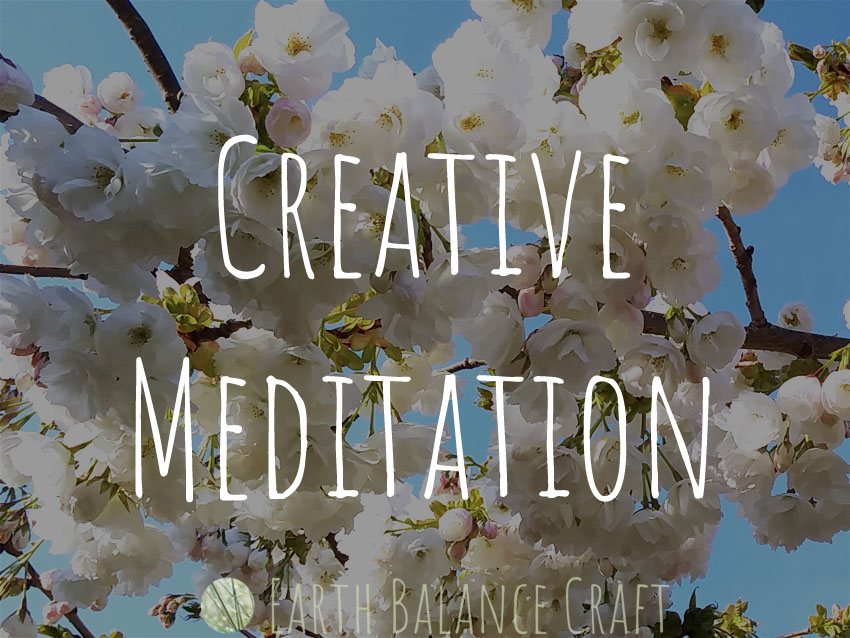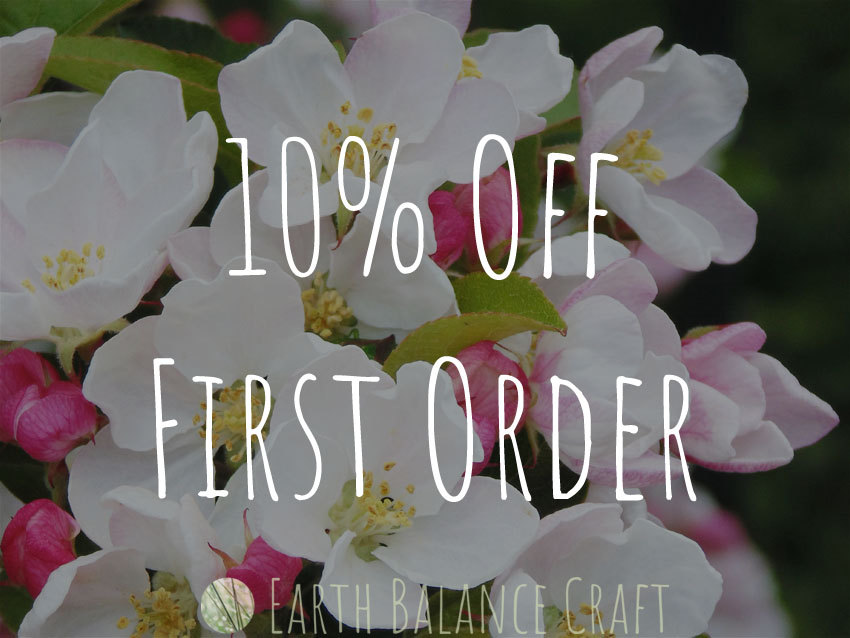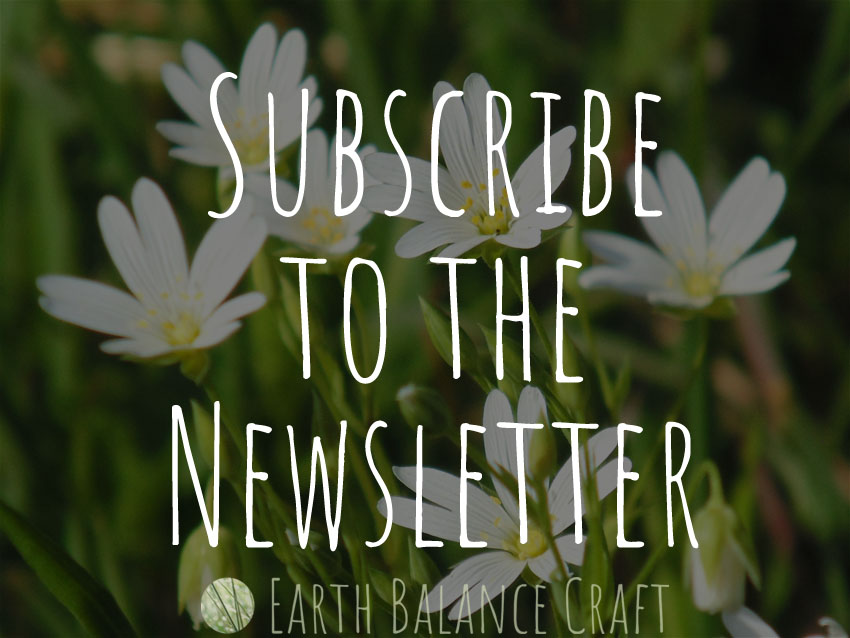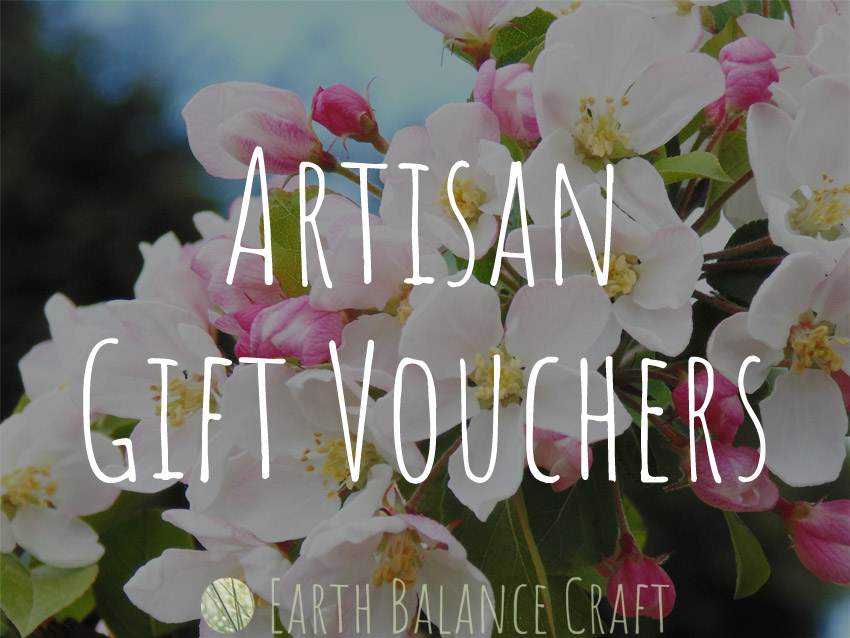Creative Meditation
I've been teaching meditation since 2010, from the mindful movements of Tai Chi and Qigong, to the stillness practice of sitting meditation. I see no difference in any of these methods to when I am being creative in my studio. To express my creativity through my art work is a powerful way for me to connect with my natural self and be present in the moment. From experience that is simply what meditation is; to be present, with relaxed breathing, the body at ease and to have awareness.
Creative meditation is a great way to explore meditation without the 'stigma' of meditating. To meditate you do not need to sit cross-legged, lie down, close your eyes, blank your mind etc. You can of course choose to do any of these things to practice meditation, but it is not necessary as many roads lead to the same results.
When I am making my designs, I feel at complete ease, absorbed in that creative moment, not thinking of the past or the future. I am focused on the activity and feel in a natural flow or rhythm with my self and my surroundings. These moments can be fleeting, or they can be lengthy. My mind is not racing around like a 'monkey mind', and even though I may be thinking of my design, the materials, the methods of wire wrapping, from that focus my mind is at rest.
The 'monkey mind' is a harmful state for the mind and body to experience, especially when it is a constant chatter that seemingly cannot be tamed or muted. Whether playing over events from the past with regret and other negative emotions, to worrying about the future and negative events that may happen. This all has a negative effect on the body and keeps us in a state of stress. When the mind is at rest, however you have achieved that, this helps to activate the natural relaxation state of the physiological body. You can read more about this in an article I have written on the 'Parasympathetic nervous system'.
Creativity is just another way towards relaxing the mind, relaxing the body and to encourage a meditative state. This will help your health and well-being in leaps and bounds when 'practiced' regularly. For me personally, when I am not being creative I notice a real difference in my emotions, my stress levels, my reactions and so on. I feel a need to create, to express myself through my art work. That feeling is so strong if I don't listen to it and act on that urge, I become agitated, down and unhappy. It's the same with exercise and nutrition, my body knows what it needs to be healthy and if I ignore the signals, then it is to my own peril.
Being creative doesn't mean you have to be an artist or skilled to express yourself through art, anyone can paint, sculpt, draw, make, create, cook, play music, sing, dance etc. Find your own natural creativity and with that will come a lot of joy, happiness and balance.
Spend a minimum of twenty minutes being creative per day. This is the minimum length of time the body starts to respond to what the mind is doing, to help you into a relaxed state. Deep and relaxed breathing is an essential part of this. The body does not have eyes and can only respond to what the mind is thinking. So if the mind is stressed, even when the 'threat' isn't real, then the body goes into high alert and sets off a physiological system of reaction to deal with the 'threat'. If the mind starts to relax/meditate/let go, then the body catches on and sets off a system of reaction in the body that all is well and at ease. This is how we are supposed to be for the majority of the time. In the modern world, with such a fast paced life and increasing stimuli, this is often not the case.
Learning to relax is actually a skill and when practiced frequently, over time the health and well-being benefits are vast. It is not easy to start, nor to build a routine, but it is worth the investment for a better quality of life.
Join me in being a creative meditator!




